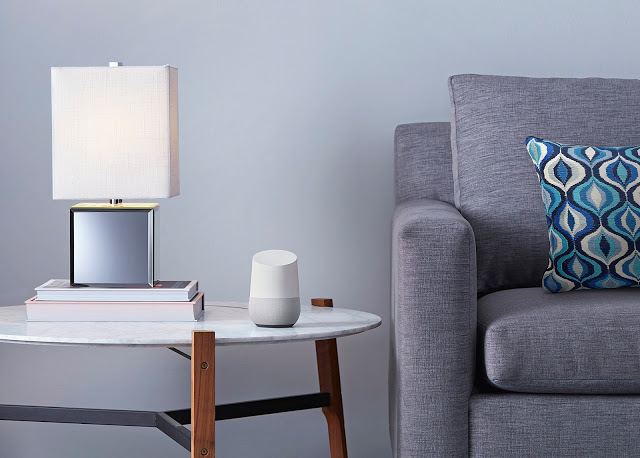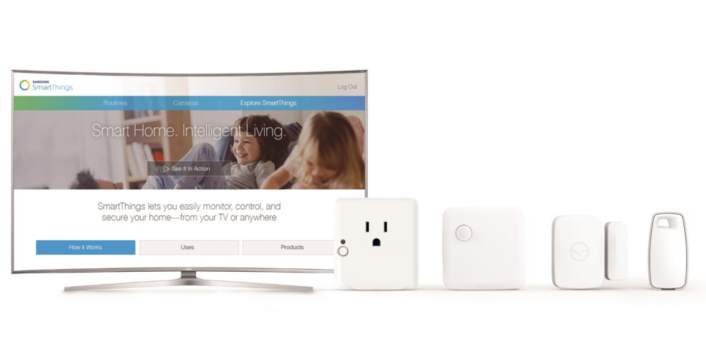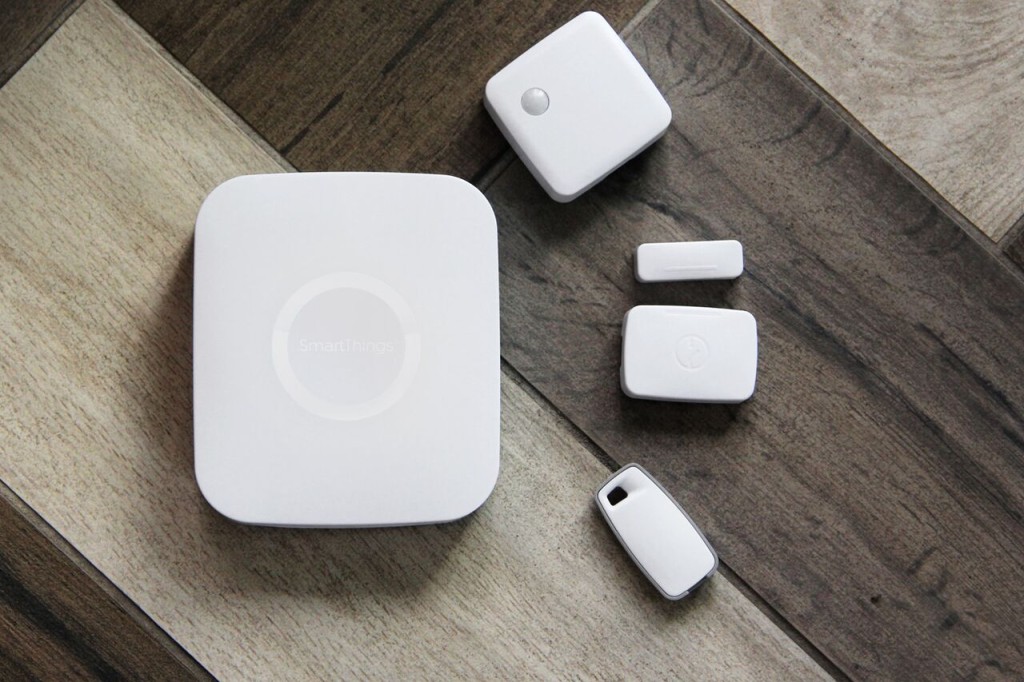Kevin is back from Google IO this week, and so of course, we discussed the Google Home product in detail. But since voice + a personal assistant is so hot right now, we also talked about the recent Apple rumors that said it was building its own Echo-like device and opening up Siri to developers. We then talked about Pebble’s new gear, how much power my devices are sucking and Samsung’s possible decision to use Tizen instead of Android Wear on its smart watches.

In the spirit of Father’s Day and the start of summer, I spoke with Chris Klein the CEO of connected sprinkler maker Rachio, who talked about how a municipality could use connected sprinklers to control water usage, how to talk to your vocal users and what he learned selling Rachio in a Big Box retailer. You’ll also get my first impressions of the device. Enjoy the show.
Hosts: Kevin Tofel and Stacey Higginbotham
Guest: Rachio CEO Chris Klein
- Who will command your smart home?
- Pebble pivots
- An update on vampire power
- How to take a connected device from the home to the city level
- Hanging out in Home Depot is fun!
Podcast: Play in new window | Download | Embed
Subscribe: RSS



